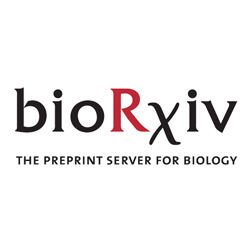
Dmitry Kishkinev
@DmitryKishkinev
Followers
9
Following
3
Media
0
Statuses
12
Educator, lecturer (Keele University, UK), movement ecology, animal behaviour, animal navigation, sensory ecology, biotelemetry, AI for biosciences,views my own
Joined September 2011
The coverage of our Proceeding Royal Society B paper on New Scientists
newscientist.com
Eurasian reed warblers don’t just get a sense of direction from Earth’s magnetic field – they can also calculate their coordinates on a mental map
0
0
1
Our new paper "Migratory birds can extract positional information from magnetic inclination and magnetic declination alone" (coverage by New Scientist the link is in the 1st post).
royalsocietypublishing.org
Migratory birds are able to navigate over great distances with remarkable accuracy. The mechanism they use to achieve this feat is thought to involve two distinct steps: locating their position (the...
1
3
4
7. This new hypothesis confirms that redox reactions are at the core of magnetosensitivity - again in line with accumulating report such as
journals.plos.org
Author summary Repetitive low-intensity magnetic stimulation has been used in the treatment of disease for over 50 years. Associated benefits have included alleviation of depression, memory loss, and...
0
0
0
Bradlaugh et al 2021 pre-print (they are in a process of publishing I hope) could stir quite a bit the canonical Radical Pair hypothesis with robust data produced by a strong interdisciplinary team. See the following posts.
biorxiv.org
Many animals use the Earth’s magnetic field (geoMF) for navigation[1][1]. The favored mechanism for magnetosensitivity involves a blue-light (BL) activated electron transfer reaction between flavin...
1
0
0
RT @CircadianPapers: Radical pairs can explain magnetic field and lithium effects on the circadian clock
pubmed.ncbi.nlm.nih.gov
Drosophila's circadian clock can be perturbed by magnetic fields, as well as by lithium administration. Cryptochromes are critical for the circadian clock. Further, the radical pairs in cryptochrome...
0
1
0




